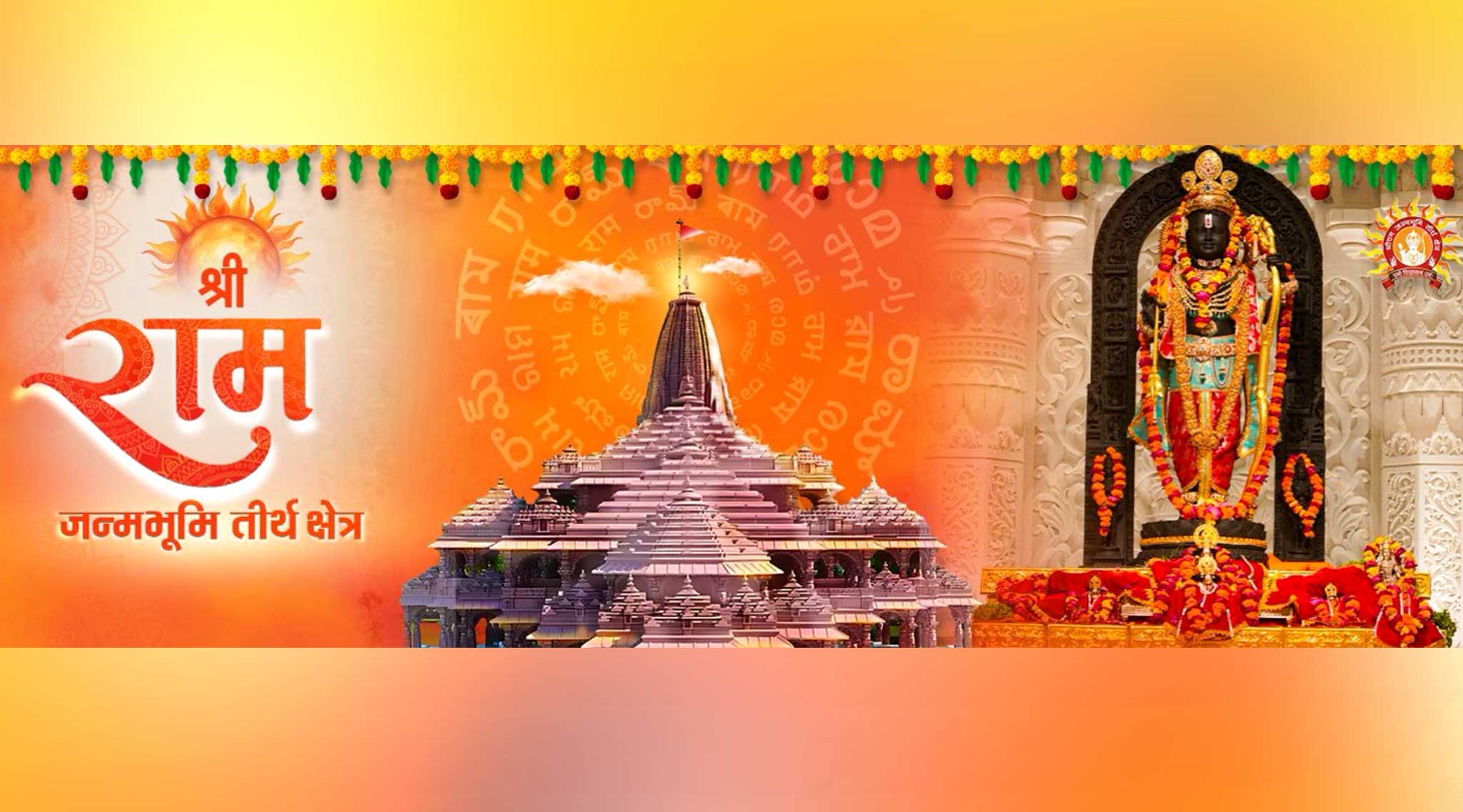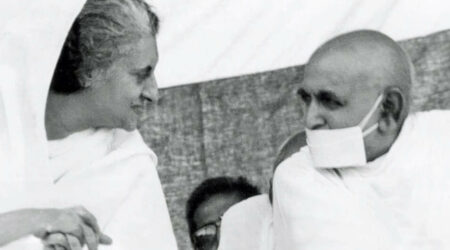By Basab Dasgupta
Although I live far from India both in terms of geographical distance as well as knowledge about political events, I applaud Prime Minister Narendra Modi’s achievements during his tenure so far. He has brought India to the brink of being a developed nation with tremendous economic prosperity.
I never imagined that India would become the fifth largest (and possibly third largest) economy in the world and land a spacecraft on the moon during my lifetime. I also agree with many of his policies; most recently, his stand in both Russia-Ukraine and Israel-Hamas conflicts and intention to change the name of the country from “India” to “Bharat”.
However, I must confess that I have mixed reactions to his decision to build a grandiose Ram temple in Ayodhya with an unprecedented grandeur in “Pran Pratishtha” ceremony and his declaration of the future of the country as “Ram Rajya”.
I am impressed by the enormity and beauty of the temple and the enthusiasm expressed not only by the millions of Hindu devotees in India but Indian diaspora all over the world in celebrating this occasion. Photographs of Bollywood celebrities, famous industrialists and international diplomats attending the ceremony gave it the flavor of an unparalleled mega event.
Having gone to high school in Chandannagar, a town about 40 Km north of Kolkata, I am especially proud of Mr. Manoj Saha, the owner of Saha Electric and Sound, whose team is the architect of lighting arrangement with millions of small LED bulbs which gives the entire premises and surrounding area a surreal heavenly feel at night. The light arrangements themselves are intricate artworks showing elaborate designs, human figures and animals and will no doubt draw thousands of visitors just to see the illumination.
Nonetheless, the critics say that the whole episode is a heavy-handed strategy on Mr. Modi’s part to officially convert India into a “Hindu Nation”. It seems that there is some truth to that.
I am very proud of my Hindu heritage. I believe that Hindu yogis and rishis have said it all thousands of years ago as far as all spiritual ideas are concerned; other religions simply rehashed it in various ways. I am most proud of Hinduism because it welcomes all religions.
To quote Swami Vivekananda from his 1893 address at the Chicago parliament of religions: “We believe not only in universal tolerations we accept all religions as true”, “As the different streams having their sources in different paths which men take through different tendencies, various though they appear, crooked or straight, all lead to thee”.
The elaborate festivities to inaugurate the Ram temple in Ayodhya which are exclusively geared towards Hinduism seem to go against the central message of Vivekananda.
I am very comfortable with the secular policies of India. While I am certainly intrigued by our ancient history going back to the days of Ramayana, I do not want to be constantly encouraged to live my life in the way advocated by Lord Rama. It is true that Muslim and European invaders destroyed many of our sacred ancient sanctuaries, including temples, hundreds of years ago, but we cannot reverse history.
We should accept the positive cultural influences of such invasions instead of having a mindset for retribution. Declaring a Ram-Rajya would be similar to declaring the American society as a “Native Indian reservation,” in the USA, a country once inhabited by native Indians but taken over by invasions of white people from Europe.
Without going into a vigorous political/religious debate and the related controversies, let me summarize my key points for being less than thrilled with the Ram temple.
The temple is reminiscent of temples in Gujarat (and Madhya Pradesh). It is architecturally distinct from Hindu temples in the southern part of India, temples of Odisha in Puri and Bhubaneswar, cave temples of Ellora, ancient temples of Kedarnath and Badrinath and Kali temples of West Bengal. Also, the temple exudes opulence perhaps as a metaphor for the nation’s prosperity.
As an Indian American, it seems odd to see such an extensive involvement on part of the government in a religious occasion since there is a “separation of church and state” philosophy in the US. Use of Indian military aircrafts to spray flowers onto the ceremony seems almost childish.
Construction of a special airport and a special train station will certainly facilitate visits of tourists and in the process, help pay for the investment, but I wonder how many other places in India could use a good airport and/or good train station.
The Ram temple overshadows the Taj Mahal, the other famous attraction in Uttar Pradesh. Although not a temple, the Taj is unquestionably the most beautiful building in the world. I wish that the government had invested in upgrading the town of Agra in the same way as Ayodhya. I was so disappointed by the condition of the city, roads and access to the premises during my last visit to one of the world’s seven wonders a few years ago.
It seems that the financial justification for the project is based on the argument that money coming in from donations and fees from millions of visitors every year would pay for the construction. If that is the case, I would have preferred construction of a multi-faith structure, perhaps making Lord Rama the central figure but also including images of prophets from other religions like Buddha, Christ and Guru Nanak.
Coming up with a design of a place for worship which incorporates features of temples, churches, mosques, pagodas and gurudwaras could have been not only an architectural challenge but resulted in a unique monument. At the same time, it would have symbolized the key message of inclusivity of Hindu religion.
I am afraid that the temple might become just a tourist attraction, more like Walt Disney’s magic kingdom than a solemn place for worship. Instead of visiting the Ram temple, I will probably recommend any American friend seeking guidance from Hinduism to follow Ram’s brother Lakshman’s path through Lakshman Jhula in Rishikesh to the Himalayas.
I understand the significance of Lord Ram and Ayodhya from Ramayana, but I wonder if a temple of such a grand scale and huge significance could have been better erected elsewhere with easy access from a big city.
When I was growing up in Kolkata, the elders used to lament the decline of society and say: “There is no more Ram and Ayodhya is also gone”. Despite all the efforts to recreate a Ram Rajya, that statement resonates with me. I will probably never get an opportunity to visit the Ram temple but always pray in silence, “Hare Rama, Hare Krishna, Hare Krishna, Hare Rama”.

Basab Dasgupta has a doctorate in physics from University of Wisconsin and worked with Sony as Vice President of an operating division. Retired, he now lives in San Clemente, CA.
Disclaimer: The views expressed are not necessarily those of The South Asian Times











